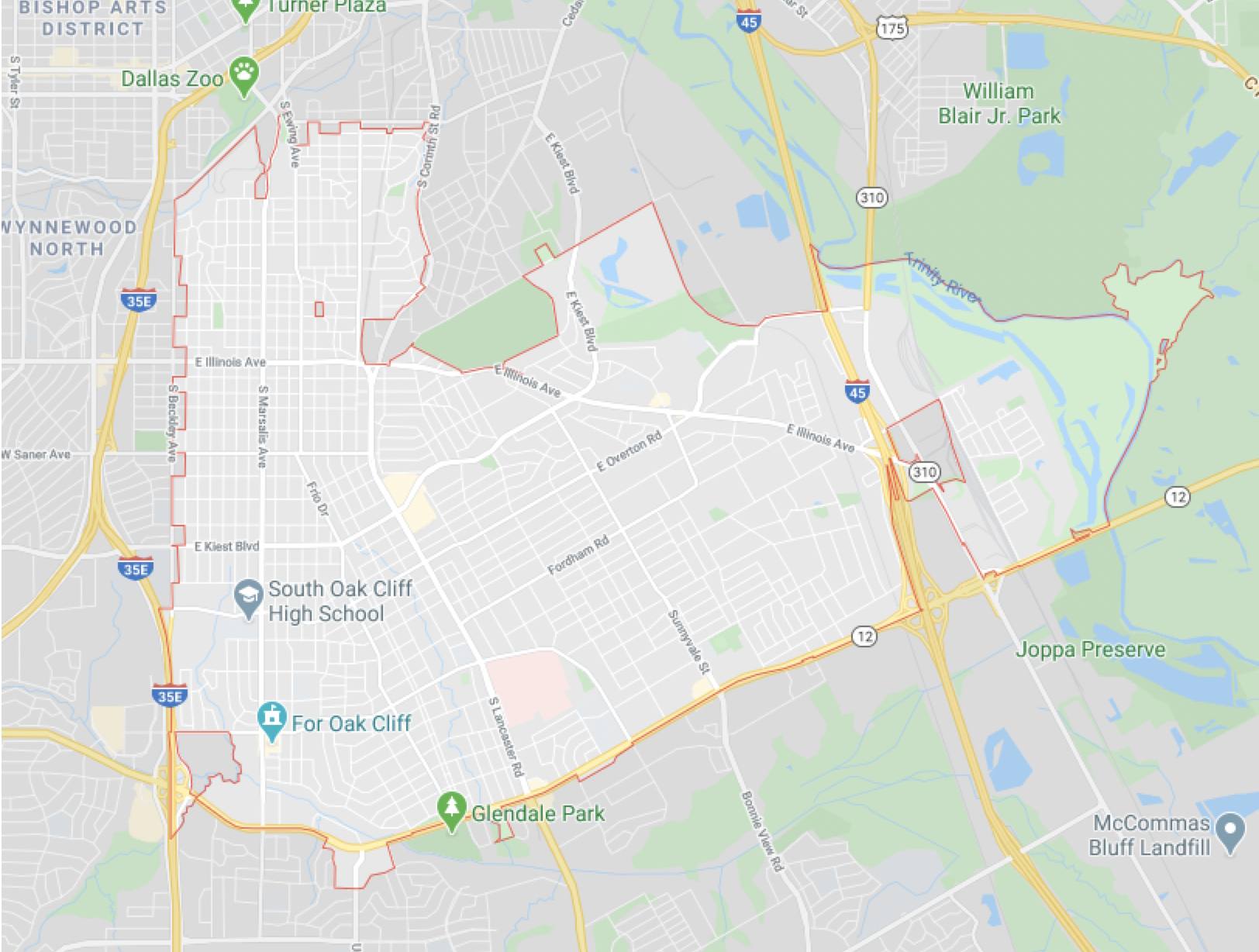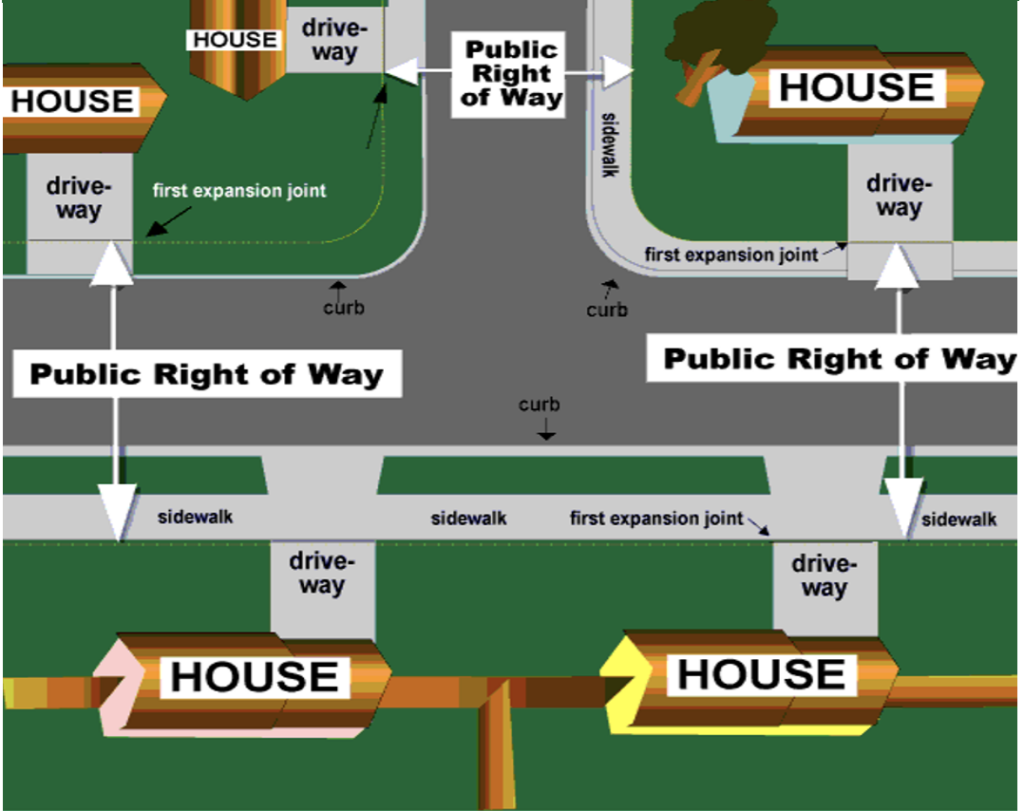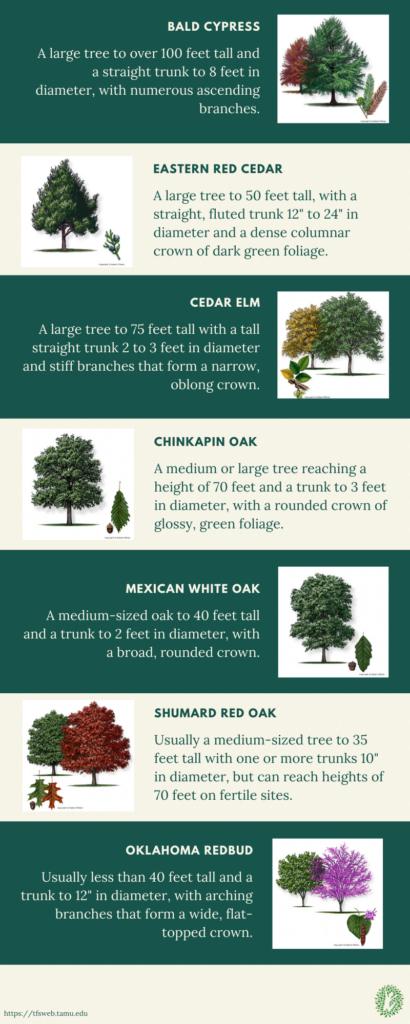Texas Trees Foundation delivered 144 complementary trees to Oak Cliff residents in Dallas, Texas.
Do you live in the 75216 zip code?

If so, you likely qualify to receive 1-2 complimentary trees that will be delivered to your house. These trees need to be planted in the front of your house in the right-of-way or as close to the right-of-way as possible.
You will receive more information via email or phone with details on when trees will be delivered to you.
Due to social distancing regulations, we are unable to plant every tree. If you are unable to plant the delivered tree and don’t know of anyone who may be able to help you, please let us know by emailing us at eric@texastrees.org and we will assist you.
Why are we planting trees in this area?
The Texas Trees Foundation, the Nature Conservancy, and the Trust for Public Lands are teaming up to increase canopy in the Oak Cliff neighborhood. This year we are planting 200 in your neighborhood’s right-of ways.
Additionally, Texas Trees Foundation received a grant from the North Central Texas Council of Government to give trees to homeowners that live in various areas of Dallas. These trees will enhance the neighborhood in multiple ways such as providing shade, reducing heating/cooling costs, and beautifying the neighborhood.
One mature tree can capture 323 gallons of water, helping to reduce flooding and improve water quality in Dallas. Trees also lower the temperature and remove air pollution from the local area. For more information on the benefits of planting trees, please visit our educational page.
Do you have space in the right-of-way?
The right-of-way is the area between the sidewalk and the road. If you do not have a sidewalk in front of your house, it is the first 4 to 6 feet of grassy area from the curb.
If there is a sidewalk abutting the street, the tree can be placed in your front lawn, as close to the sidewalk as possible, still leaving room for the tree roots to grow.

Are there power lines in the right-of-way?
If you have overhead power lines in the right of way, please select a small tree to plant under them. Small trees include Desert Willow, Vitex, Redbud, and Mexican Plum. Planting smaller trees will help reduce conflicts between your new tree and these power lines. If large trees are planted, there may be issues with the tree growing into the power line and your tree may eventually be pruned or removed by the power company in future.
Right trees, right place, right way
When selecting a new tree, pay close attention to how large it will be at maturity, both height and width.
Will it fit in the space you want to plant? Look for things like overhead power lines that will limit how tall of a tree you can plant, as well as how close to sidewalks, driveways and homes your new tree will be planted.
Large trees, such as a Pecan or Cedar Elm, should be planted in right-of-ways that are at least 6-8 feet wide and 25-30 feet long . They will grow to be over 30 feet tall, with a spreading canopy that will provide large amounts of shade over the yard and curb space.
Medium sized trees, such as Chinese Pistache, Chinquapin Oak, Shumard Red Oak, Bald Cypress, Mexican White Oak, Eastern Red Cedar, or Red Maple, should be planted in right-of-ways that are at least 4-6 feet wide and 20-25 feet long. They will typically grow to be 20-30 feet tall with canopies of similar width. Medium trees will provide moderate shade over the yard and curb area, while also providing a habitat for birds and neighborhood critters.
Small trees, such as Desert Willow, Vitex, Oklahoma Redbud, or Mexican Plum, should be planted in right-of-ways that are at least 4-6 feet wide and 15-20 feet long. Small trees will typically not grow more than 15 feet in height. They can typically be placed near power lines safely with little concern that they will grow tall enough to become a problem. These species will flower for a portion of the year, adding color to your yard while providing much needed food for pollinators.
What will we do?
Once you sign up, our trained Green Teams will re-visit your property and assess where the best places to plant trees are. We will call the 811 line and check to be sure that there are no electric, sewer or gas lines in the proposed tree site. Based on that information, and our expertise in tree planting locations, we will mark the recommended location of the one or two trees.
On planting day, we will deliver the tree(s) to you. You will receive more information via email or phone with details on when trees will be delivered to you.
You will also be given detailed information as to how to plant, water, and maintain your tree. If you have any questions or concerns after planting, please contact us.
What will you need to do?
Your tree(s) will be delivered on planting day. We will deliver the trees to you in locations selected by our Green Teams. During the summer, we will be coming back around to take photos of your tree(s) and adding each tree to our tree tracker.
Feel free to check out the tree plotter on our webpage.
What type of trees are offered?
Below is the name, image, and description of each type of tree we offer. Quantities are limited, so it is possible that all the trees listed will not be available at the time you register. However, we will do our best to provide you with your desired tree.
Planting location will be selected by our trained Green Teams during site visits that will occur in April. We select locations that fit the space and conditions that your property has, in order to maximize benefits and ensure healthy trees.
If you would like to be present during this site selection, please contact Eric Wettengel at Eric@texastrees.org or call (214)-953-1184 ext 107

The Urban Forest Master Plan, a collaborative effort between Texas Trees Foundation, City of Dallas and Davey Resource Group, will serve as a road map for us to proactively manage and grow Dallas’ tree canopy. It will provide a shared vision for the City’s urban forest, identifying actions, strategies and clear goals to preserve and maintain it.
Please take a short survey related to this plan in English, in Spanish or the Visual Preference survey.
